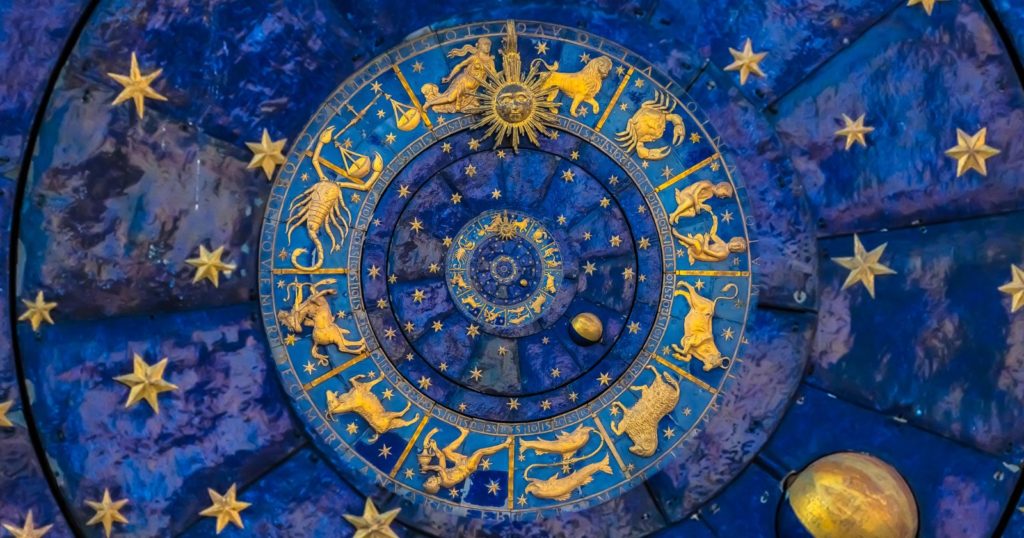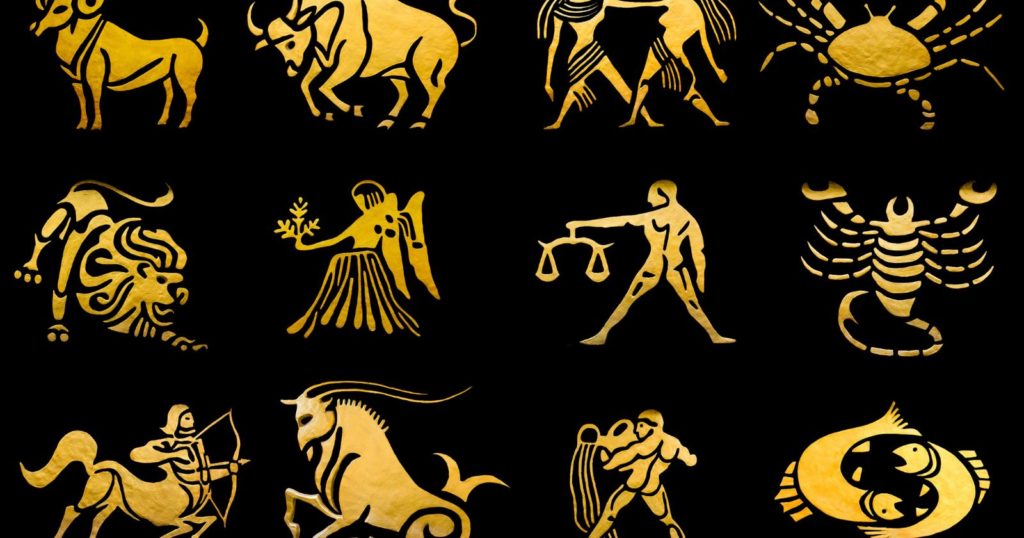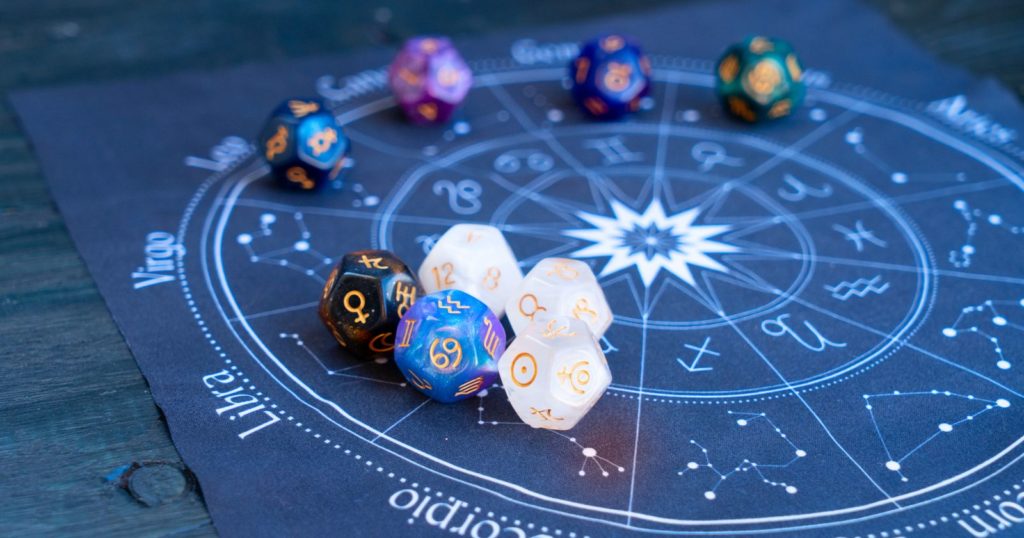The cosmos has intrigued humanity since the beginning of time. Amongst the infinite mysteries that the universe conceals, the zodiac birth chart has always held a prominent place. This intricate map of the stars has been interpreted for centuries, providing insights into our personality traits, potential, love life, career prospects, and even our hidden fears and desires. However, understanding your zodiac birth chart is not as easy as checking your daily horoscope in the morning paper. It requires a more in-depth approach, a keen eye, and a thirst to uncover the cosmic secrets woven into our lives.
The quest to decode a zodiac birth chart can seem overwhelming at first glance, given its complexity. Imagine a snapshot of the sky at the exact moment of your birth, with each planet occupying a unique position. This snapshot is your birth chart, and every planet in it represents different aspects of your personality and life. Even the sectors or ‘houses’ these planets reside in play a critical role, as they represent different life areas. Hence, understanding your birth chart is akin to unraveling a cosmic DNA code that makes you, uniquely you.
In this article, we will navigate the celestial labyrinth of zodiac birth charts together. As an astrologer and astronomy enthusiast, I will guide you through five essential steps to help you decipher your personal star map. We’ll unravel the layers, symbols, and nuances that make your chart unique, facilitating a profound understanding of yourself and your life’s journey.
This journey won’t be just about gaining knowledge. It’s an invitation to embark on a transformative exploration of your life from a cosmic perspective. So, fasten your seatbelts, and get ready to voyage into the enchanting realm of astrology.
Step 1: Understand the Basic Structure of Your Birth Chart
The journey of deciphering your zodiac birth chart starts with understanding its basic structure. Imagine the chart as a wheel divided into 12 segments or ‘houses,’ each one associated with specific aspects of life. At the center of the wheel is Earth, and circling around it are the planets, each located within a specific house and zodiac sign at the time of your birth.
Understanding the Houses:
The houses, in the wheel of your birth chart, signify different life domains. For example, the first house represents your self-identity, while the second house relates to your resources and values. As you move around the wheel, you’ll explore a range of life aspects from communication, home, and love to career, friendships, and personal growth. The twelfth house, marking the end of the cycle, relates to the subconscious, hidden talents, and karmic debts.
Interpreting the Planets:
Once you’ve grasped the concept of houses, the next step is to understand the roles of the planets. Each planet is associated with certain traits and energies. For instance, the Sun represents your core self and how you shine in the world, while the Moon indicates your emotional nature. Venus and Mars are often associated with love and desire, respectively.
Identifying the Zodiac Signs:
In addition to the planets’ positions in different houses, their placement in the zodiac signs is equally important. The signs add another layer of complexity, offering insights into how these planetary energies manifest in your life. For instance, if your Sun (representing your core self) is in Gemini (a sign associated with communication), you might be a natural-born communicator.
Birth chart interpretation involves a dance between these three elements: the houses, planets, and zodiac signs. The interplay among them creates a unique cosmic symphony that resonates with your life’s rhythm.
Remember, your zodiac birth chart is a unique celestial fingerprint. Just as no two fingerprints are alike, no two birth charts are identical. So, as you delve deeper into the complexities of your chart, take time to reflect on your life experiences, personal growth, and the dynamics that shape you. The insights gained will not only help in interpreting the chart but also shed light on your life path and purpose.
Stay tuned for the next step, where we dive into the importance of the Ascendant or Rising Sign, one of the pivotal points in your birth chart. Understanding this essential aspect can further refine the interpretation of your cosmic blueprint.
Step 2: Discover the Significance of the Ascendant (Rising Sign)
While your Sun sign is fundamental to your core identity and your Moon sign unveils your emotional nature, there’s another key player in your birth chart: the Ascendant, also known as the Rising Sign. This essential astrological element offers a unique perspective on your personality, the way others perceive you, and how you approach life.
Unlocking the Meaning of Ascendant:
The Ascendant is the sign that was rising over the eastern horizon at the exact time of your birth, giving it a very personalized and time-sensitive nature. This sign, often considered the ‘mask’ you wear in public or your ‘first impression,’ plays a significant role in how you present yourself to the world. It can influence your physical appearance, mannerisms, and the initial energy people pick up when they meet you.
Contrary to popular belief, your Ascendant isn’t about pretending or hiding your true self; instead, it’s a part of your identity. Just like the cover of a book can give clues about its content, your Rising sign gives a glimpse into your personality and life story.
How the Ascendant Influences Your Life:
Besides influencing your demeanor, the Ascendant also sets the tone for your entire birth chart. It determines the order of the houses and their starting points, shaping your life experiences and personal growth. In astrology, houses begin with the Ascendant, making it the cusp (starting point) of the first house.
For instance, if your Ascendant is in Capricorn, you might have a serious, responsible demeanor and might approach life with a goal-oriented mindset. The Capricorn Ascendant will place the playful, expressive Leo energy in your 8th house (related to transformation and shared resources), suggesting that you may find joy and creativity in deep, transformative experiences.
The Ascendant, with its personalized influence, adds another layer to the complex puzzle of your birth chart. It enhances the intricate interplay between the houses, planets, and signs, adding depth to the interpretation of your cosmic code.
As you discover your Ascendant and reflect on its influence, consider how it resonates with your life experiences and personal identity. You might find surprising connections and gain new insights into your personality and life journey.
In our next step, we’ll delve into the fascinating world of planetary aspects—the angles planets make with each other. These aspects play a crucial role in how planetary energies interact within your chart, adding subtleties to your personal symphony of stars.
Step 3: Navigate the Intricate Web of Planetary Aspects
Astrology is a lot more than just planets, signs, and houses; it’s also about the relationships between these celestial bodies. These relationships, or planetary aspects, are the angles that planets make with one another in your birth chart. They create a complex web of interactions that profoundly influence the flow of energy in your chart, adding an additional layer of depth and nuance to your astrological profile.
Understanding the Planetary Aspects:
In astrology, there are five major aspects: conjunction (0°), sextile (60°), square (90°), trine (120°), and opposition (180°). Each aspect signifies a unique dynamic between the planets involved, impacting how their energies mix and manifest in your life.
For example, conjunctions indicate two planets are in the same sign, merging their energies into a potent cosmic cocktail. This blend can be harmonious or challenging, depending on the planets involved. On the other hand, oppositions represent a tug-of-war between two planetary energies, indicating areas of your life where you might face tension or conflict.
Decoding the Planetary Dance:
Planetary aspects are like conversations happening between different parts of your personality. For instance, if your Sun (core self) forms a square (a challenging aspect) with Mars (the planet of action), you might often experience internal tension between who you are and how you assert yourself. Understanding these dynamics can provide invaluable insights into your inner workings and potential growth areas.
Planetary aspects also add subtlety to your birth chart interpretation. A planet in a particular sign and house might act differently based on the aspects it forms with other planets. For instance, a Sun in Capricorn in the 10th house (indicating a disciplined, ambitious individual focused on career) might act differently if it’s forming a trine with Jupiter (planet of expansion) versus a square with Saturn (planet of restriction).
Delving into the intricate web of planetary aspects is like eavesdropping on the celestial dialogues within your psyche. It’s a complex but rewarding process, enabling you to understand the subtleties of your personality, relationships, challenges, and gifts in a profound way.
In the next step, we will explore the lunar nodes, often considered the ‘karmic pathway’ in your chart. Understanding these points can provide valuable insights into your soul’s purpose and spiritual journey.
Step 4: Explore the Karmic Pathway of the Lunar Nodes
As we continue our celestial voyage through your zodiac birth chart, our next stop is the lunar nodes. These invisible points, where the Moon’s orbit intersects with the ecliptic (the apparent path of the Sun), hold significant meaning in astrology. They are often referred to as the ‘karmic pathway,’ hinting at your soul’s past experiences and future direction.
Decoding the Lunar Nodes:
The lunar nodes consist of the North Node (representing where you’re headed, your purpose, or lessons to learn) and the South Node (related to your past, innate talents, or comfort zones). They are always directly opposite each other in the chart, forming an axis that helps steer your spiritual journey.
For instance, if your North Node is in Virgo and the South Node in Pisces, your soul’s journey might involve shifting from the Piscean traits of escapism or victimization toward the Virgoan qualities of practicality, service, and attention to detail. This doesn’t mean you should reject your South Node qualities; rather, it’s about integrating them in a healthier way and balancing them with your North Node’s direction.
Lunar Nodes and Your Life’s Purpose:
Your North Node sign and house placement can give significant clues about your life’s purpose and the kinds of experiences or environments that support your soul growth. Meanwhile, your South Node can reveal innate skills and tendencies that come naturally to you but can also trap you in a comfort zone if you overly rely on them.
However, it’s important to remember that exploring the lunar nodes isn’t about predicting your fate. Rather, it’s a tool for self-discovery and personal growth. It’s about understanding the energetic themes your soul chose to explore in this lifetime and making conscious choices to evolve and fulfill your potential.
Unraveling the mystery of the lunar nodes adds a karmic dimension to your birth chart, linking your past, present, and future in a unique narrative of soul evolution. In our final step, we will learn how to synthesize all this astrological wisdom to form a cohesive interpretation of your birth chart, providing a holistic view of your cosmic identity.
Step 5: Synthesize Your Astrological Wisdom for a Holistic Interpretation
Having delved into the houses, signs, planets, ascendant, planetary aspects, and lunar nodes, we now reach the final and perhaps the most challenging step in deciphering your zodiac birth chart: synthesis. This step involves integrating all the individual components we’ve explored into a comprehensive, cohesive interpretation of your birth chart.
The Art of Synthesis:
The process of synthesis is less about strict rules and more about intuition and perspective. It’s like assembling a puzzle where every piece represents a different astrological element. When put together, these pieces form a unique picture of your cosmic DNA.
However, remember that some pieces carry more weight than others. Core elements like your Sun, Moon, and Ascendant typically have a stronger influence on your overall personality. Also, keep in mind the overall balance of elements (Fire, Earth, Air, Water) and modes (Cardinal, Fixed, Mutable) in your chart, as they give an indication of your temperament and approach to life.
Putting It All Together:
Let’s say your Sun is in Cancer in the 4th house, Moon in Aquarius in the 10th house, and Ascendant in Virgo. Your core identity (Sun) is deeply connected to home, family, and emotional security (Cancer & 4th house), while your emotional nature and instincts (Moon) are tied to the realm of career and public life, expressed in a detached, innovative manner (Aquarius & 10th house). With a Virgo Ascendant, you likely present yourself as detail-oriented, helpful, and analytical.
However, this picture becomes more nuanced when you incorporate other planets, their signs, houses, aspects, and your lunar nodes. Maybe you have a stellium (group of planets) in Leo in the 12th house, suggesting a concentration of energy directed towards self-expression, creativity, and self-discovery in hidden or spiritual realms. Or perhaps your Saturn (planet of discipline and structure) in Aries is squaring your Sun, indicating a tension between your desire for emotional security and the need for independence or leadership.
Finally, let’s say your North Node is in Gemini in the 10th house, hinting that your soul’s growth involves learning Gemini traits like communication, adaptability, and curiosity in your career or public life.
As you weave together these threads of astrological wisdom, you’ll start to see the complex and beautiful tapestry of your cosmic identity unfold. Keep in mind that birth chart interpretation is not a linear process. It’s an ongoing journey of self-discovery that deepens as you grow and evolve.
In conclusion, your zodiac birth chart is a powerful tool for self-understanding. It’s a celestial map that can guide you in understanding your strengths, challenges, relationships, and life purpose. By learning to decipher this cosmic code, you can embark on a fulfilling journey of personal growth, self-awareness, and transformation.
Recommended Books for Further Reading:
- “The Only Astrology Book You’ll Ever Need” by Joanna Martine Woolfolk.
- “Astrology for the Soul” by Jan Spiller.
- “The Inner Sky: How to Make Wiser Choices for a More Fulfilling Life” by Steven Forrest.




